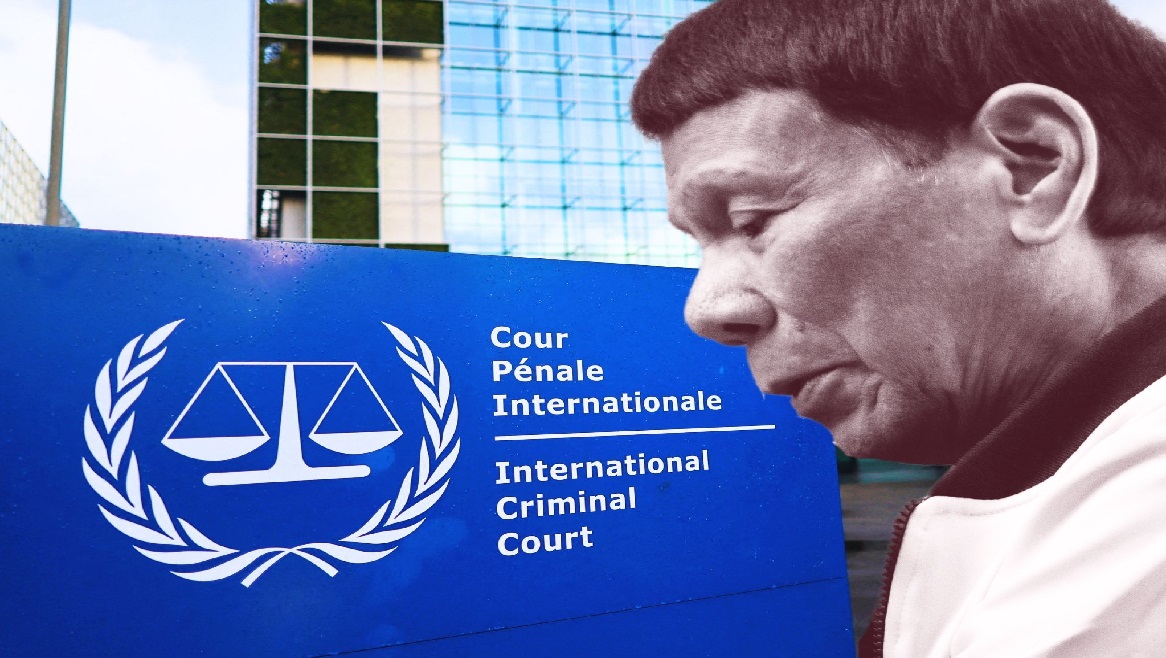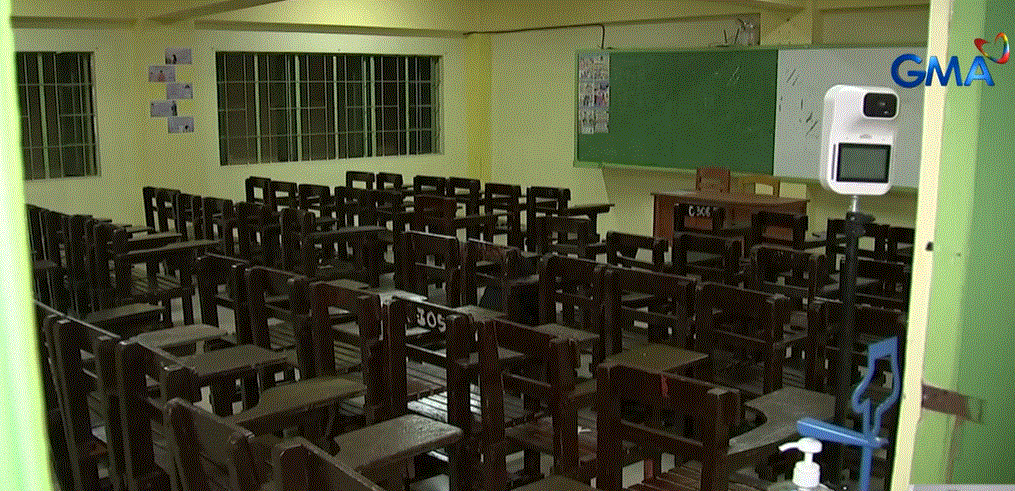Filipino scientists developing system to stop biopiracy
To prevent biopiracy of indigenous communities’ health practices that modern medical societies have proven effective, Filipino scientists are developing a national digital library to take stock of the materials. Dr. Jaime Montoya, executive director of the Philippine Council for Health Research and Development (PCHRD) said that a P10-million system is being developed to protect the country’s biomedical indigenous knowledge from piracy by unscrupulous foreign researchers. “Through this system, we can document health practices that work. We can choose possible technologies that can be created to commercial form and generate income," said Montoya in Tuesday’s health forum in Quezon City. According to him, the national digital library will contain data on local communities’ health practices that are acceptable to medical societies to avoid biopiracy and “protect the heritage" of Filipinos. “These are foreign researchers who come to communities and bring these technologies and claim them as theirs," Montoya said. He cited as an example India's turmeric plant, a member of the ginger family, which was developed in the United States for a patent. Indian government blocked the patenting as it claimed it owned the right to the compound which is used as antiseptic in India. Montoya said that there is a suspicion that the ingredient used to make the allergy drug erythromycin came from Iloilo in the 1970s, although there is yet to have “formal documentation" on the claim. The PCHRD has started documenting indigenous health practices all over the country and expects to finish its research and the digital library by 2010, said Montoya. The PCHRD is an attached agency of the Department of Science and Technology (DOST) that seeks to strengthen research and development studies in the Philippines. Montoya added the Philippines is teeming with raw materials that can be used to develop medicines to make the country self-reliant in life-enhancing drugs. “We have a wealth of raw materials, we just didn’t know how to maximize our potentials," he said, adding that local pharmaceutical companies are “not taking the risk" to develop new medicines out of the country’s flora and fauna. The Department of Health is promoting 10 medicinal plants that are already available in commercial preparations. These are lagundi, verba buena, sambong, tsaang gubat, ampalaya, niyug-niyogan, bayabas, akapulko, ulasimang bato, and bawang. - GMANews.TV









